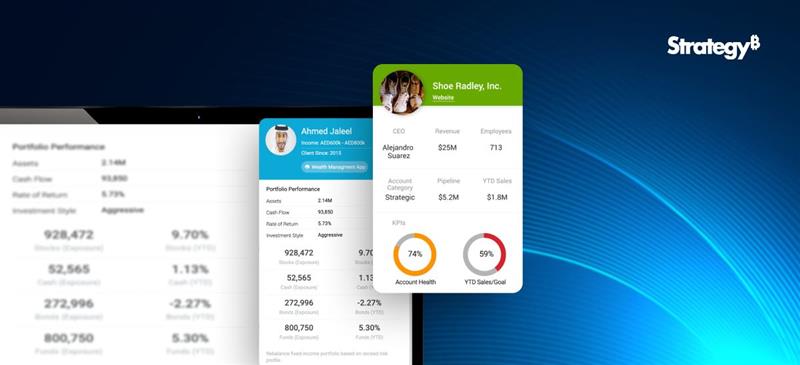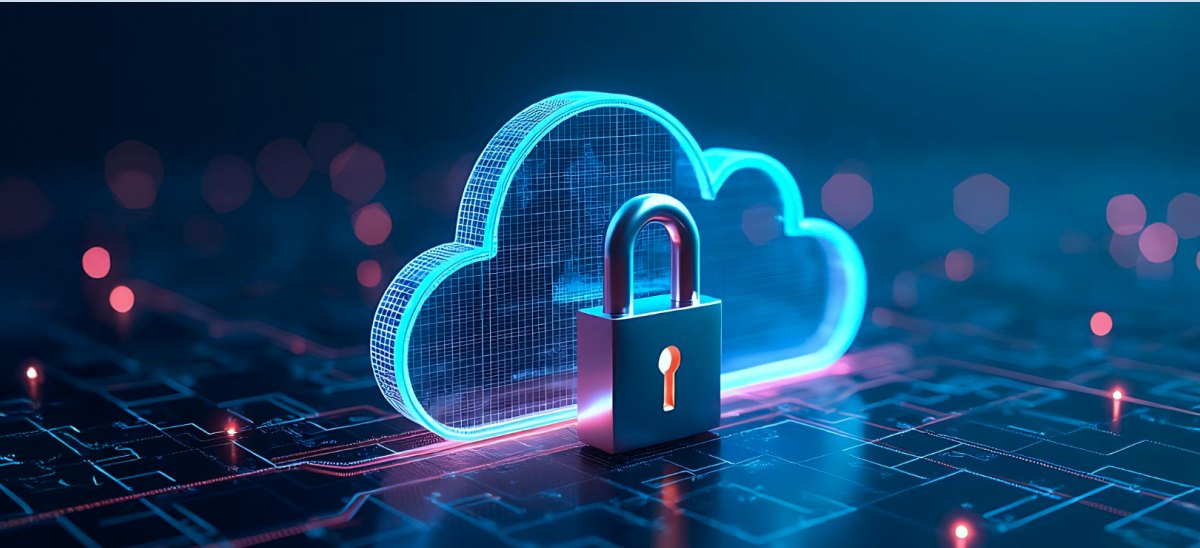How User Roles and Permissions Facilitate Implementing Data Governance
The Alteryx Server helps enterprises implement effective data governance by ensuring every user operation is based on pre-defined user roles and permissions. It optimizes processes and access control and ensures data integrity.
User Roles
Defining user roles helps businesses ensure a safe and efficient analytics setting that aligns with best data governance practices. Each role assigned to users ensures they have the right level of access to perform their tasks.
• Curator /Server Admin: Accessing the admin interface to run administrative tasks- crucial in enforcing governance policies.
• Artisan: Publishing, running, and sharing workflows in their private studio and shared collections- ensures control over their workspace.
• Member: Running workflows that are shared with them via collections – supports collaboration without giving excess control while adhering to data regulations.
• Viewer: Running public workflows on the Server UI home page and in districts – ensures workflow integrity by limiting them to consumption roles.
• No Access: No access to all Server assets- ensures data security for confidential data.
User Permissions
Besides user roles, you can set user permissions to decide what users can do in the Server UI. User permissions are paramount to upholding robust data governance and ensuring that users can only perform tasks within their scope of responsibility.
• Scheduling workflows to run at a planned time – ensures timely task completion without manual intervention.
• Prioritizing jobs to run those with the highest priority first- facilitates effective resource allocation and alignment with requirements.
• Tag a specific worker to run a workflow- ensures resources are allocated right.
• Create new collections within a defined structure- supports collaboration without risking data privacy.
• Granting server API access to users- enables task automation without compromising governance
• Allowing users to create or edit DCM assets- controls access to shared credentials and connections.
• Sharing DCM Connection Credentials to run on the server- ensures data security, which is crucial for governance.
• Sharing DCM Connection Credentials for collaboration- strengthens data governance by securely handling confidential and sensitive data.
• Managing generic vaults- enables secure handling of credentials and sensitive data.
• Blocking the user from accessing the Server UI- ensures that only authorized individuals can interact with sensitive data.
How to ensure Effective Data Governance?
For organizations to cater to their specific requirements, implementing and maintaining an effective data governance process is required, which is briefed below:
• Identifying the data assets of your organization.
• Classifying your data based on significance and prioritizing data governance actions
• Ensuring accuracy, completeness, and consistency of your data for efficient data quality management.
• Safeguarding data from unauthorized access
• Controlling data access, including giving and withdrawing access to data
• Managing your organizational data throughout its lifecycle
Data Governance in Alteryx: Best Practices
The blog gives you a walkthrough of the best practices about how Alteryx handles data governance by ensuring data management and quality.
1. Authenticating and Authorizing Data:
The initial aspect to address in data governance strategies is how data is accessed. Alteryx supports the existing safety measures implemented at the database level; it utilizes your username and password when connecting to your data. These credentials authenticate users and ensure they can only access the data permitted. Alteryx also supports pass-through authentication, facilitating access to data using network identity and authenticating users with the same credentials they use for access. It eliminates the need to manage separate usernames or passwords within Alteryx. In short, Alteryx easily integrates with your organization’s existing security infrastructure, leveraging authentication mechanisms to ensure secure data access.
2. Managing Data Effectively:
A standout factor in Alteryx’s data management is that it does not require the creation of a distinct persistence layer for data storage during processing. The Alteryx server is designed to support multi-tenancy, using in-memory processing and handling temporary data in a sandboxed setting. This means that a single instance of an Alteryx Server can manage multiple workflows simultaneously. Different departments can use the same platform without the risk of unauthorized data access between them.
3. Tracking Data Lineage
The drag-and-drop interface of Alteryx offers robust visualizations of the transformations occurring within the workflow. Organizations get a detailed knowledge of the data sources, how they are collected, prepared, blended, and analyzed, the workflows being run, and the count of records read and written.
4. Defining Data Ownership and Stewardship
Establishing clear data ownership and stewardship and assigning responsibilities for data sets and workflows is important, especially in an environment like Alteryx where multiple users engage with data. Data ownership is about taking responsibility for the accuracy, privacy, and availability of a data set. Data Stewardship ensures data integrity and quality by implementing policies and ensuring proper documentation. Defining these roles clearly within the organization fosters accountability and reduces data misuse risk.
5. Leveraging Metadata and Data Cataloging
Metadata is integral to comprehending your data’s context and lineage. The Alteryx Connect tool helps handle metadata and build a centralized data catalog. Data catalogs allow users to discover available data easily, track where the data comes from, and enhance collaboration by sharing and reusing datasets and workflows.
6. Ensuring Data Security and Access Controls
When using Alteryx, enforcing appropriate security measures ensures that only authorized users can access sensitive data. To minimize the risk of a data breach, Alteryx helps organizations by providing robust user access control options, supporting encryption of sensitive data, and establishing validating processes for workflows.
7. Monitoring Data Quality
Data quality is paramount to effective data governance. Alteryx streamlines and automates data quality monitoring by:
• Providing data profiling and validation tools to check for duplicates, inconsistencies, and missing values.
• Utilizing Alteryx Server to schedule periodic audits, maintaining data integrity over time.
• Setting up alerts or automated reports to notify data owners or stewards of any data quality issues that arise.
Data governance is beyond data management. It extends to the policies and processes that decide how an organization should use data while aligning with its goals. With effective data governance, businesses can boost data accuracy and security, enhance efficiency, and boost business value by complying with regulations, tracking data quality, and eliminating discrepancies. With Alteryx’s built-in capabilities and powerful tools, organizations can manage the multidimensional challenges of data governance.




